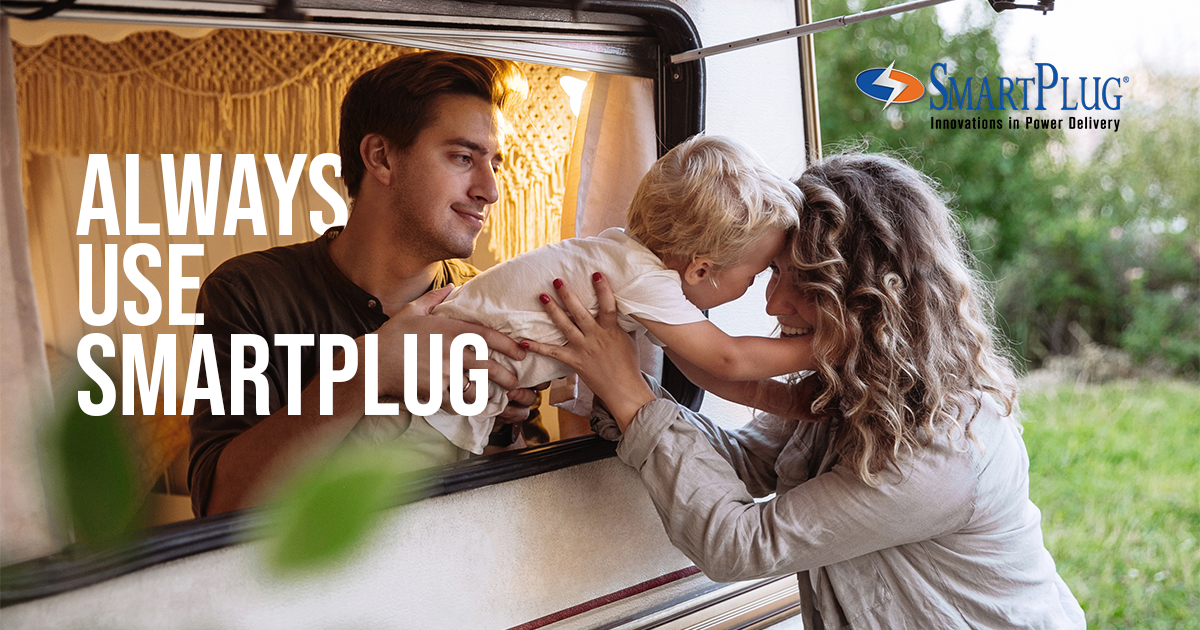Traveling in an RV with your family is a terrific way to spend quality time together. You get to experience the beautiful outdoors along with everything our country has to offer!
There’s no need for
- Incessant packing and unpacking
- Hotel transfers…
- And cramming everyone into tiny spaces for extended periods…
Best of all, you create an environment where everyone feels at home!
That said, it’s crucial to keep the safety of your children in mind before you begin your adventures together.
Here are Important Things to Look Out for When Traveling with Children
Choose a Safe RV
The Child Passenger Safety Technicians and Instructors (CPSTs) recommend that families choose a non-motorized/tow-able RV (fifth-wheel, trailer, tent trailer, truck camper) when traveling with children.
These are either towed by a passenger vehicle or transported on a pick-up truck.
It allows your kids to travel along with you in a passenger vehicle that complies with Federal occupant safety regulations. Plus, you can efficiently set up child restraint devices without worry.
If you decide to use a motorized RV (Class A, B, or C), it’s important to know that they’re not required to have rear occupant crash testing. Nor do they meet federal seat belt standards for rear seating.
This brings us to the next point.
Car Seat Installations
Car seats and booster seats are only permitted in forward-facing seats in cars equipped with a federally authorized seat belt or car seat (lower anchor).
Still, there are general safety considerations (suggested by experienced CPSTs) that you should be aware of to proceed safely:
- Pull Test – you need to confirm with the manufacturers that all forward-facing seats have been pull tested to ensure they can manage the load on the belt.
- Confirm that all of the seats were installed the same way. Even if the rear- and side-facing seats weren’t pull tested. Their impacts may differ, but it gives you some idea of how the seats were installed.
- All seat belts should be anchored to metal, not just to the wood floor. If the belts are anchored to wood, they may not be structurally sound and may not bear load in the event of a crash.
- Locking lap belts in every seat. No slide-outs, as they make the entire vehicle less structurally sound in the event of a crash.
- Preferably at least a couple of anchor points for forward-facing car seats.
- Also, while strapping your car seat to a seat — whether in a passenger car or an RV — make sure to follow the manufacturer’s recommendations. In general, child safety seats should not be utilized in a side-facing seat or any seat that may pivot or swivel.
And finally:
Ensure Normal Home Safety
Driving on the road can be dangerous. So, while in transit, ensure that heavy items are never placed on top cabinets. If they fall during movement, they become projectiles that may seriously harm you or your child.
If there’s a baby on board, DO NOT place anything in the cabinets above the baby. Install baby locks on the cabinet doors as an extra precaution.
Also, make sure your RV has a smoke alarm and a carbon monoxide detector. Install propane or natural gas detector if your RV runs on propane. And of course…have a fire extinguisher on hand in case of an emergency.
Finally, before hitting the road ensure the wiring for your RV has been set up properly.
Be triple sure that the power cord connecting your RV to a campground’s electricity supply is in good condition.
To ensure that this is always the case be sure that you consider using SmartPlug.
SmartPlug is a safe, simple and secure way to connect your RV to any shore power supply without worry of overheating or fire.
It has 27x the metal contact area than the regular twist-type cords you commonly see. The problem is that these twist-type cords easily get corroded, can’t manage heat as well, and have been the culprits of some boat and RV fires. For the safety of your family, this is the kind of technology we ask you to avoid.
Instead, utilize SmartPlug power cords and inlets. We’ve designed them so they’re easy to install, connect, and remain secure during charge. You no longer have to worry about a loose connection that could cause electrical problems for you and your family.
Safely enjoy RV adventures with your family – always use SmartPlug!
